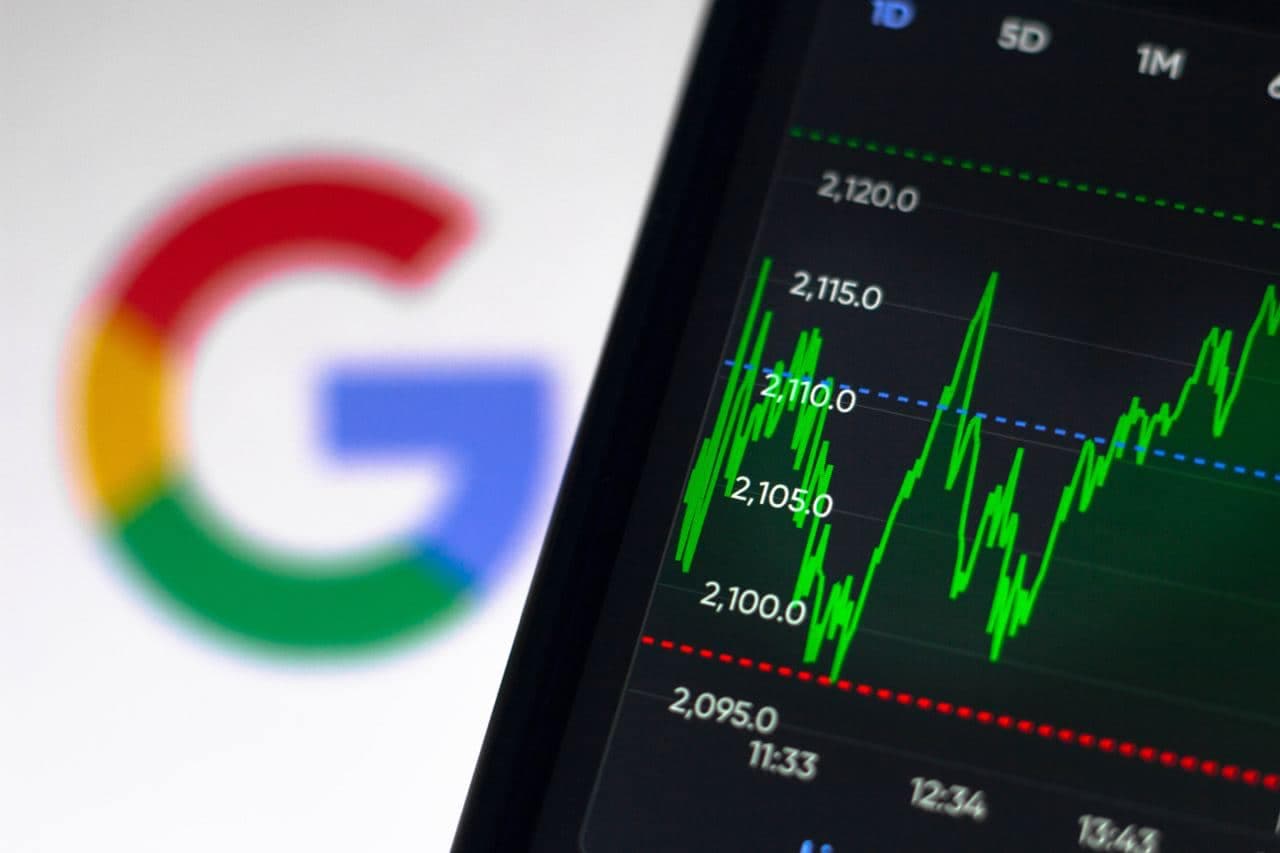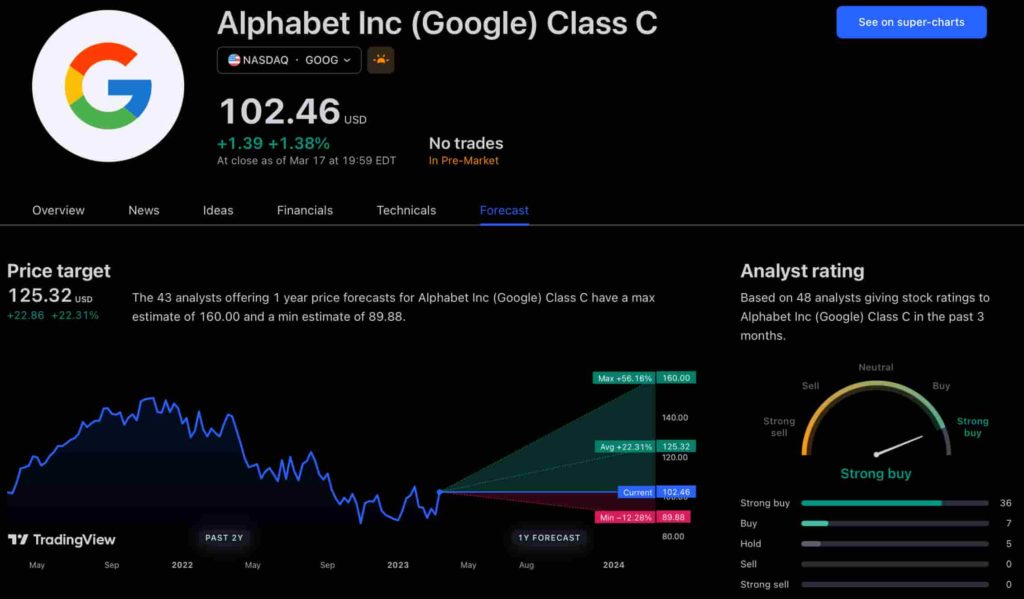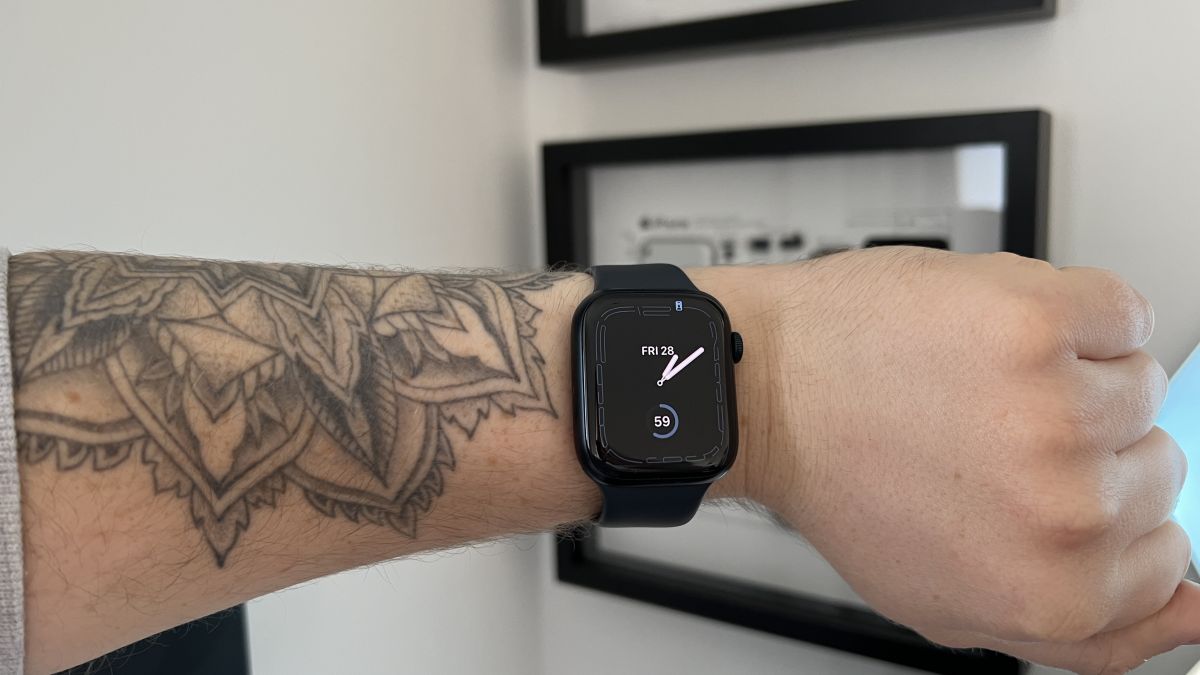The new app is called watchGPT and as I tipped off already, it gives you access to ChatGPT from your Apple Watch. Now the $10,000 question (or more accurately the $3.99 question, as that is the one-time cost of the app) is why having ChatGPT on your wrist is remotely necessary, so let’s dive into what exactly the app can do.
NEWS
Egypt’s Minly raises $3.6M to connect celebrities and fans through personalized experiences

In the past couple of years, we’ve seen a growing trend of creators adopting digital and social media, not just as a supplement to their media presence but also as a cornerstone of their personal brand.
The pandemic has surely accelerated creator economy trends. Many popular artists and figures have had to postpone concerts and live events, subsequently using social media to carry out these activities and engage their fans. Proliferating through Western and far East markets, the creator economy bug, which has made platforms like Cameo and Patreon unicorns, is beginning to take center stage in MENA.
Today, Minly, an Egypt-based creator economy platform, is announcing that it has closed a $3.6 million seed round to allow stars across the MENA region to create authentic, personalized connections with their fans.
The round, which Minly says was oversubscribed, was co-led by 4DX Ventures, B&Y Venture Partners and Global Ventures. It also included participation from unnamed regional funds and angel investors like Scooter Braun, founder of SB Projects, and Jason Finger, co-founder of Seamless and GrubHub.
Experts say time spent viewing social media surpassed time spent viewing TV within the MENA region. But one shortcoming with social media is that its content often feels mass-produced. When creators make posts, it’s most times void of personalization. In a way, this dilutes the fan experience and limits the extent and number of ways the creator can monetize.
This is where Minly, founded last year by Mohamed El-Shinnawy, Tarek Hosny, Tarek ElGanainy, Ahmed Abbas, and Bassel El-Toukhy, comes in. It provides tools for creators to craft what it calls ‘authentic connections’ with their superfans and audience at scale. “In short, our goal is to eventually deliver tens of millions of unique, unforgettable experiences to fans each year,” El-Shinnawy told TechCrunch.
Shinnawy, who brings more than 15 years of media and technology experience to the table, is the chief technology officer at Minly. He sold his first company, Emerge Technology, to a U.S.-based media company. He has also delivered work for Hollywood’s top studios, such as Sony Pictures, Universal, Disney, Fox and Warner Brothers, while playing a role in the global expansion of Apple TV+, Disney+, and Netflix to the MENA region.

Mohamed El-Shinnawy (co-founder and CTO, Minly)
Minly has experienced rapid growth since launching late last year. It has more than 50,000 users and an impressive list of popular regional celebrities ranging from actors and athletes like Fifi Abdou and Mahmoud Trezeguet to musicians and internet influencers like Assala Nasri and Tamer Hosny.
On the platform, users can buy personalized video messages and shoutouts from these celebrities, and they, in turn, connect with their fans on a more personal level.
“We think that we have already differentiated ourselves from other creator economy platforms in the region. We do this by offering the best catalogue of stars and user experience. And our entire team is working hard to grow this gap even further,” said El-Shinnawy on the crop of celebrities Minly has onboarded to the platform.
Some of the instances where celebrities connected with their fans on Minly include when actress and dancer Fifi Abdou sent a personal message to one of her biggest fans who has Down syndrome and when Egyptian singer Tamer Hosny made a surprise appearance at two fans’ engagement party in March.

Minly takes a small commission on transactions made through its platform. However, the majority of the transaction price, a figure Minly didn’t disclose, goes directly to creators. And at the same time, Minly urges celebrities to automatically donate a portion of their earnings to partner charities on the platform.
Minly’s knack for creating a personalized experience is why Pan-African VC firm 4DX Ventures invested. The firm’s co-founder and general partner Peter Orth, who will be joining Minly’s board, said the company is fundamentally changing the relationship between celebrities and fans in the MENA region. “The team has both the ambition and the expertise to build a full-stack digital interaction platform that could change the way digital content is created and consumed in the region,” he added.
The creator economy market surpassed $100 billion in value this year and is still growing at an impressive rate. The pace of content creation will only speed up since surveys suggest that being a YouTuber or TikTokker or the most common term, vlogger, is one the most desirable careers among Gen Zs. VC heavyweights like Andreessen Horowitz, Kleiner Partners, and Tiger Global have also heralded this growth considerably, contributing to the more than $2 billion invested in creator economy platforms this year.
In MENA, there’s a huge opportunity for Minly. The region has over 450 million people, of which 30% are between the ages of 18 to 30. This demographic is known to have a deep connection with social media, and El-Shinnawy believes MENA will soon contribute to a large part of the total creator economy.
For Minly, the goal is to capture a huge portion of that spend and become a multibillion-dollar, category-leading company. The creator platform has a case to do so. As it stands, the opportunity to build a creator economy one-stop-shop in MENA is huge compared to other regions that already have multiple entrenched incumbents. Also, Minly is one of the few platforms in the region with meaningful venture funding.
“The creator economy is in its infancy and growing at lightning speed. We have the opportunity to build this category’s first unicorn in MENA,” the CTO remarked.
With this investment, Minly is doubling down on building local celebrity acquisition teams in Egypt and other parts across MENA and the GCC, where it has seen significant traction. The company will also scale its engineering team to churn out more products to build a horizontal creator platform.
Facebook Faces Yet Another Outage: Platform Encounters Technical Issues Again

Uppdated: It seems that today’s issues with Facebook haven’t affected as many users as the last time. A smaller group of people appears to be impacted this time around, which is a relief compared to the larger incident before. Nevertheless, it’s still frustrating for those affected, and hopefully, the issues will be resolved soon by the Facebook team.
Facebook had another problem today (March 20, 2024). According to Downdetector, a website that shows when other websites are not working, many people had trouble using Facebook.
This isn’t the first time Facebook has had issues. Just a little while ago, there was another problem that stopped people from using the site. Today, when people tried to use Facebook, it didn’t work like it should. People couldn’t see their friends’ posts, and sometimes the website wouldn’t even load.
Downdetector, which watches out for problems on websites, showed that lots of people were having trouble with Facebook. People from all over the world said they couldn’t use the site, and they were not happy about it.
When websites like Facebook have problems, it affects a lot of people. It’s not just about not being able to see posts or chat with friends. It can also impact businesses that use Facebook to reach customers.
Since Facebook owns Messenger and Instagram, the problems with Facebook also meant that people had trouble using these apps. It made the situation even more frustrating for many users, who rely on these apps to stay connected with others.
During this recent problem, one thing is obvious: the internet is always changing, and even big websites like Facebook can have problems. While people wait for Facebook to fix the issue, it shows us how easily things online can go wrong. It’s a good reminder that we should have backup plans for staying connected online, just in case something like this happens again.
NEWS
We asked ChatGPT what will be Google (GOOG) stock price for 2030

Investors who have invested in Alphabet Inc. (NASDAQ: GOOG) stock have reaped significant benefits from the company’s robust financial performance over the last five years. Google’s dominance in the online advertising market has been a key driver of the company’s consistent revenue growth and impressive profit margins.
In addition, Google has expanded its operations into related fields such as cloud computing and artificial intelligence. These areas show great promise as future growth drivers, making them increasingly attractive to investors. Notably, Alphabet’s stock price has been rising due to investor interest in the company’s recent initiatives in the fast-developing field of artificial intelligence (AI), adding generative AI features to Gmail and Google Docs.
However, when it comes to predicting the future pricing of a corporation like Google, there are many factors to consider. With this in mind, Finbold turned to the artificial intelligence tool ChatGPT to suggest a likely pricing range for GOOG stock by 2030. Although the tool was unable to give a definitive price range, it did note the following:
“Over the long term, Google has a track record of strong financial performance and has shown an ability to adapt to changing market conditions. As such, it’s reasonable to expect that Google’s stock price may continue to appreciate over time.”
GOOG stock price prediction
While attempting to estimate the price range of future transactions, it is essential to consider a variety of measures in addition to the AI chat tool, which includes deep learning algorithms and stock market experts.
Finbold collected forecasts provided by CoinPriceForecast, a finance prediction tool that utilizes machine self-learning technology, to anticipate Google stock price by the end of 2030 to compare with ChatGPT’s projection.
According to the most recent long-term estimate, which Finbold obtained on March 20, the price of Google will rise beyond $200 in 2030 and touch $247 by the end of the year, which would indicate a 141% gain from today to the end of the year.
Google has been assigned a recommendation of ‘strong buy’ by the majority of analysts working on Wall Street for a more near-term time frame. Significantly, 36 analysts of the 48 have recommended a “strong buy,” while seven people have advocated a “buy.” The remaining five analysts had given a ‘hold’ rating.

The average price projection for Alphabet stock over the last three months has been $125.32; this objective represents a 22.31% upside from its current price. It’s interesting to note that the maximum price forecast for the next year is $160, representing a gain of 56.16% from the stock’s current price of $102.46.
While the outlook for Google stock may be positive, it’s important to keep in mind that some potential challenges and risks could impact its performance, including competition from ChatGPT itself, which could affect Google’s price.
Disclaimer: The content on this site should not be considered investment advice. Investing is speculative. When investing, your capital is at risk.
NEWS
This Apple Watch app brings ChatGPT to your wrist — here’s why you want it

ChatGPT feels like it is everywhere at the moment; the AI-powered tool is rapidly starting to feel like internet connected home devices where you are left wondering if your flower pot really needed Bluetooth. However, after hearing about a new Apple Watch app that brings ChatGPT to your favorite wrist computer, I’m actually convinced this one is worth checking out.
-

 MARKETING6 days ago
MARKETING6 days agoRoundel Media Studio: What to Expect From Target’s New Self-Service Platform
-

 SEO6 days ago
SEO6 days agoGoogle Limits News Links In California Over Proposed ‘Link Tax’ Law
-
SEARCHENGINES6 days ago
Daily Search Forum Recap: April 12, 2024
-

 SEO5 days ago
SEO5 days ago10 Paid Search & PPC Planning Best Practices
-

 SEARCHENGINES5 days ago
SEARCHENGINES5 days agoGoogle Core Update Volatility, Helpful Content Update Gone, Dangerous Google Search Results & Google Ads Confusion
-

 SEO7 days ago
SEO7 days agoGoogle Unplugs “Notes on Search” Experiment
-

 MARKETING5 days ago
MARKETING5 days ago2 Ways to Take Back the Power in Your Business: Part 2
-

 PPC6 days ago
PPC6 days agoCritical Display Error in Brand Safety Metrics On Twitter/X Corrected












